The Union government made a significant announcement on Wednesday. They stated that caste enumeration would be included in the next census and guaranteeing that it would be conducted in a “transparent” way. Speaking to the media about the Cabinet’s choices, Ashwini Vaishnaw, the minister of information and broadcasting, stated that although some states have carried out caste surveys, the Centre is responsible for conducting a census. The Cabinet Committee on Political Affairs (CCPA) has decided to incorporate caste enumeration into the upcoming data, he continued.
The Center’s declaration was greeted by a number of opposition figures who pledged to assist the government in resolving caste-specific requests for reservations. The Congress has repeatedly demanded a caste census, and its leaders have reaffirmed the demand in multiple public speeches.
What does “caste census” mean?
Data based on caste is gathered during a caste census. Details about the distribution of caste groups, their socioeconomic circumstances, level of education, and other relevant variables are provided by the data. The purpose of the caste census is to incorporate caste-related questions into the regular census process.
Caste enumeration was a common practice in censuses conducted between 1881 and 1931 when Britain was in power. However, the government stopped the practice in 1951 after India gained its independence and conducted its first census. Scheduled Tribes (ST), Scheduled Castes (SC), Other Backward Classes (OBC), and the General category were the four main social and educational categories. Into these the government divided Indian residents after the country gained its independence.
However, in addition to religious groups like Muslims and Hindus, the number of people who belong to the SCs and STs was also included in the data collected during India’s censuses since 1951. Caste groupings other than SCs and STs were not included in the count. However, by 1961, the Union government had given states the freedom to carry out their own surveys and, if they so desired, create lists of OBCs particular to their states.
The 1931 Census, which was conducted prior to independence, has the most recent caste data available. Caste information was also gathered in the 1941 Census. It was conducted during World War II but was never made public.
Is the Caste Census good or a negative thing?
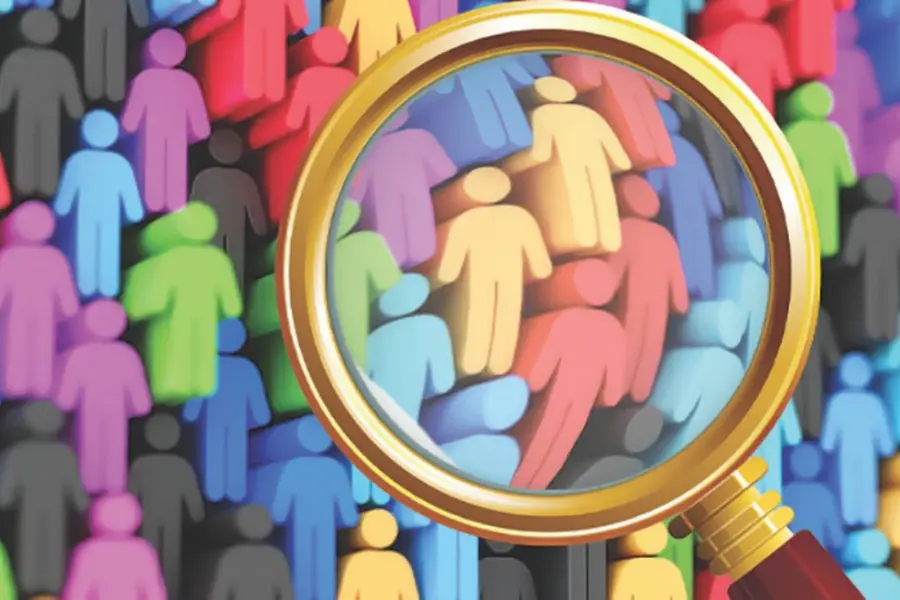
The BJP was perceived as opposed it for a long time. In actuality, the Congress was frequently singled out by party officials who accused it of dividing society along caste lines. Nityanand Rai, the Minister of State (Home Affairs), informed the Parliament on July 20, 2021. Informed that the Modi government has made it a policy to exclude caste-based population counts in the census. Indeed with the exception of SCs and STs.
The decision was announced by Union Minister Ashwini Vaishnaw, who described it as a reversal of the Congress party’s position. He accused the Congress party of failing to carry out a caste census throughout its years in power and since independence.
What follows next?
According to political analysts, the declaration of caste enumeration in the next census is more “rhetorical than substantive.” They claimed that the next steps, which involve carrying out the exercise, making the numbers public, and using them as leverage by parties to demand quotas and sub-quotas in employment and education that are proportionate to caste representation, might as well open a Pandora’s box.
The Supreme Court has capped reservations at fifty percent. When caste data is available, it only makes sense when it is utilised to set job quotas, make reservations, etc. Will the 50% quota be contested by the parties? It will not be simple. Rasheed Kidwai, a political analyst, told the media that it would open a Pandora’s box.

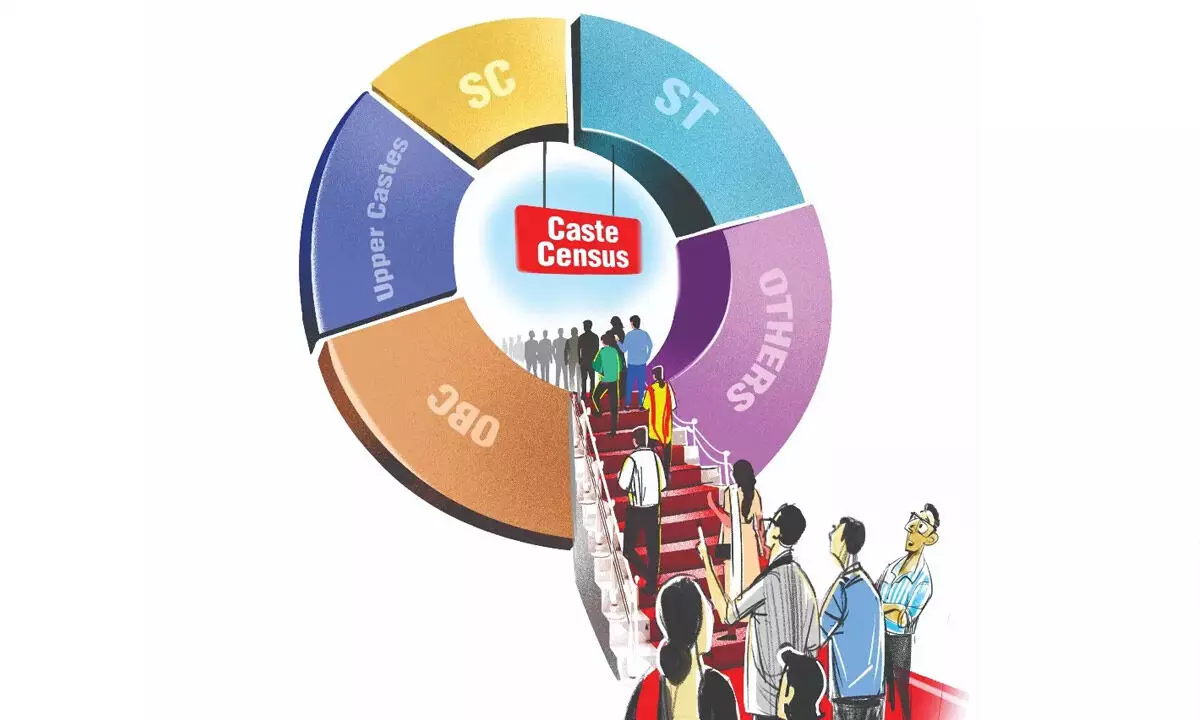

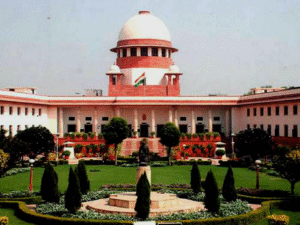
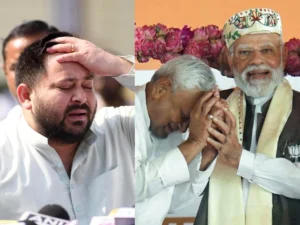

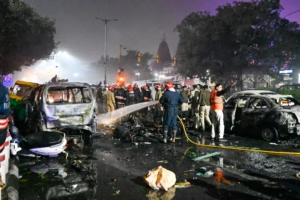
Be First to Comment